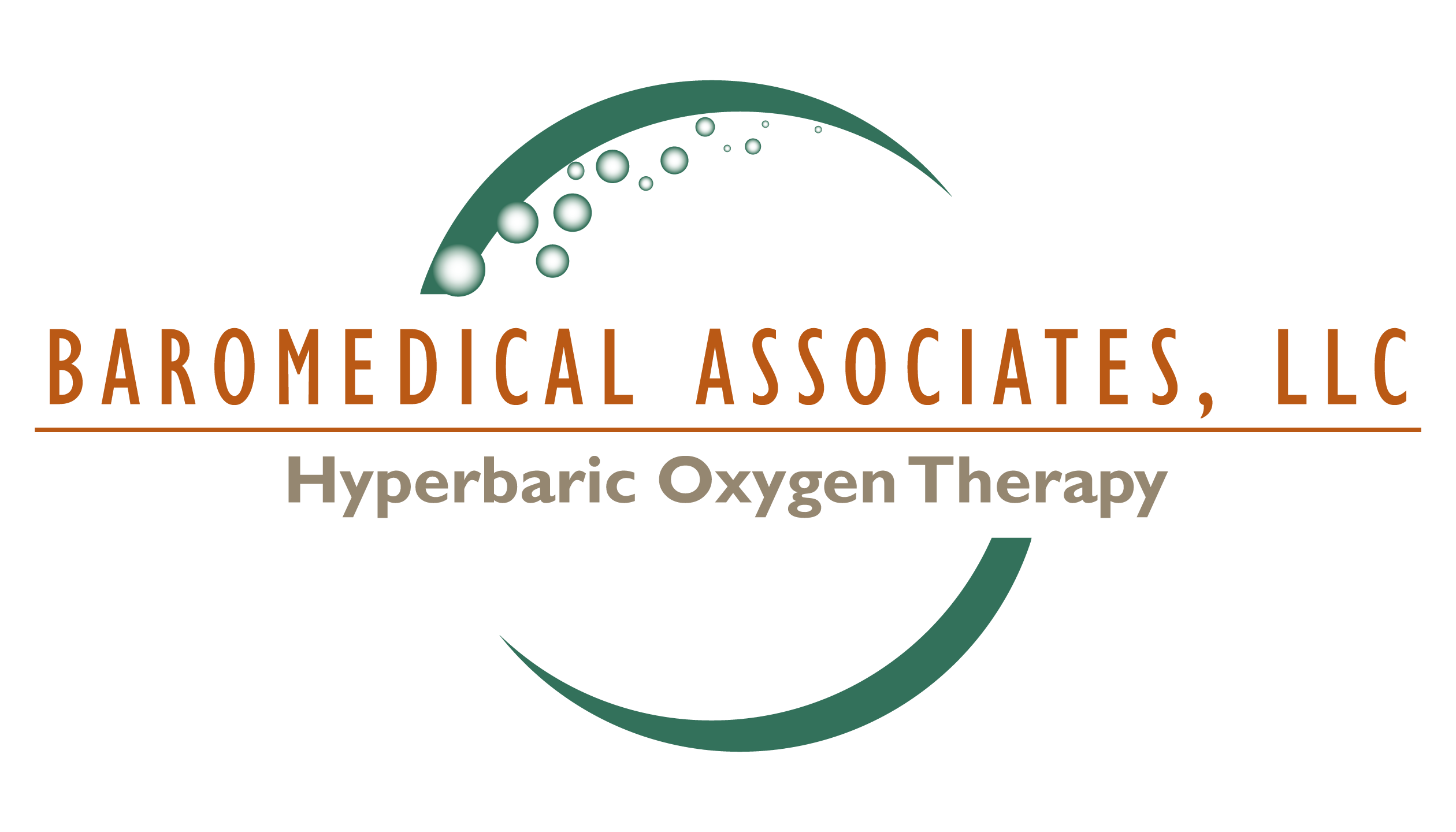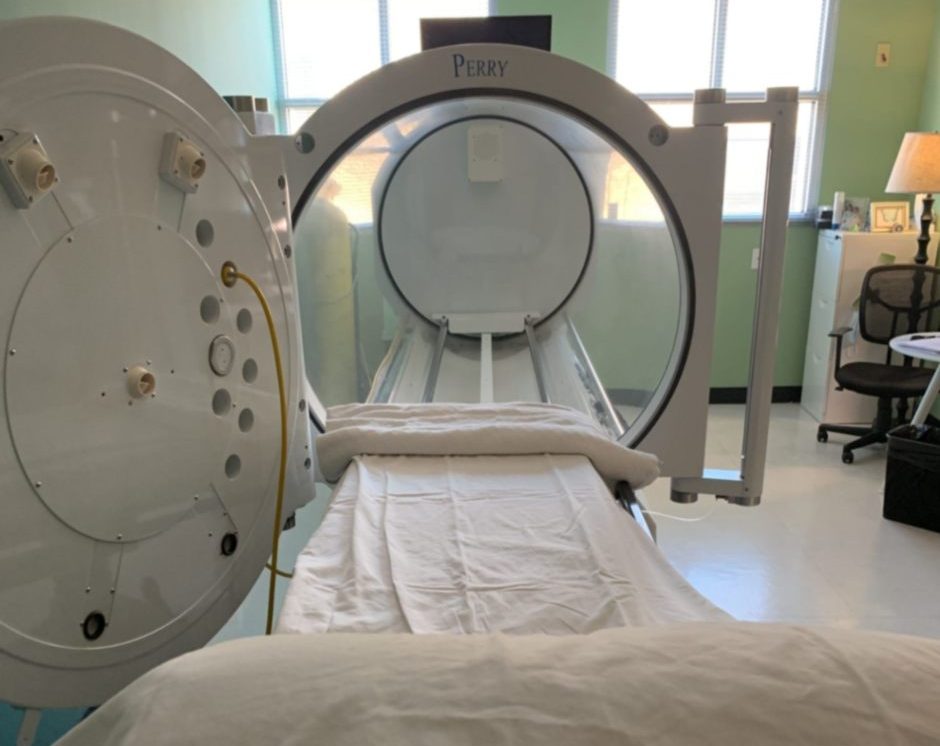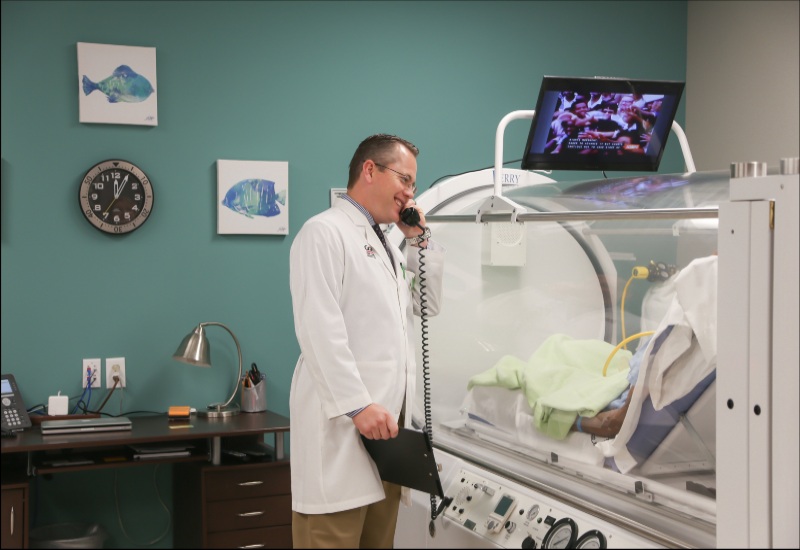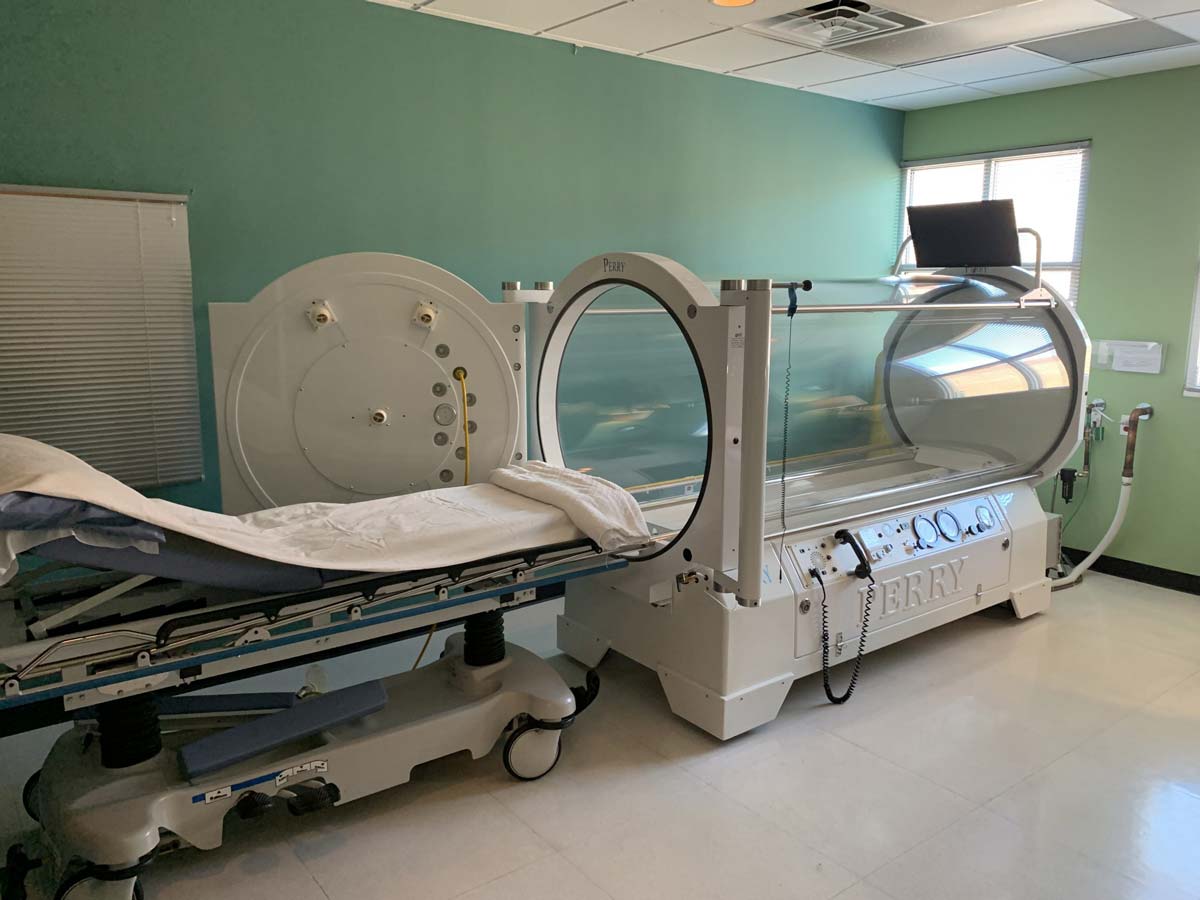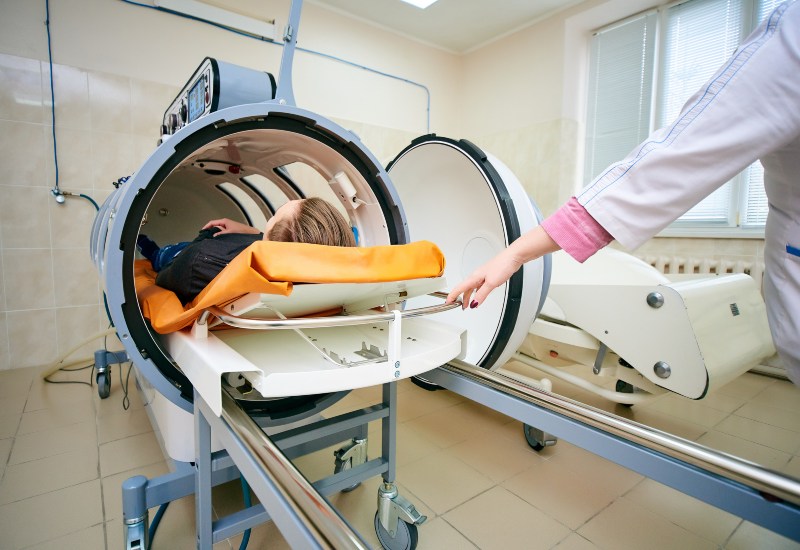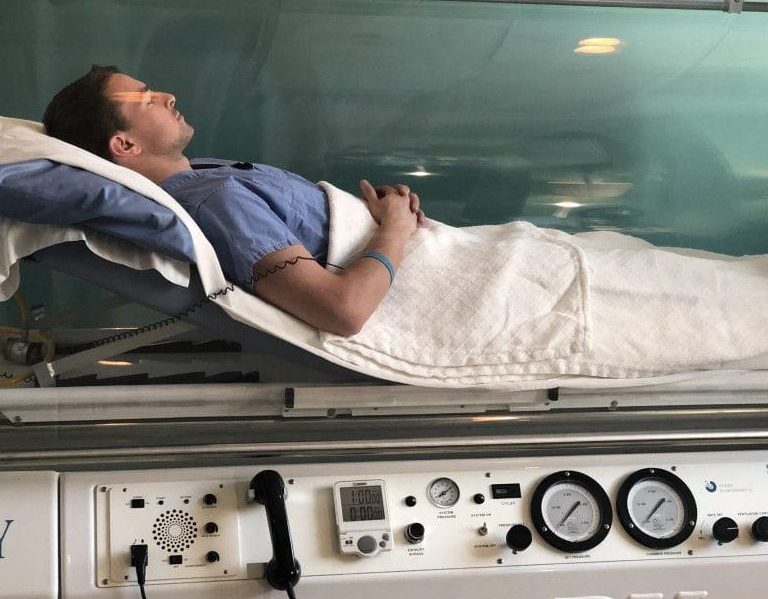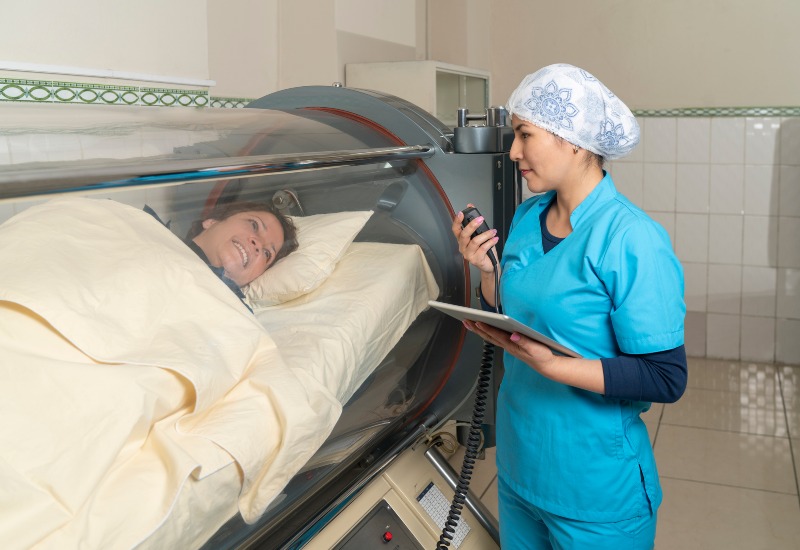Hyperbaric Oxygen Therapy Benefits Breast Reconstruction
Many women opt for breast reconstruction surgery as part of their physical and emotional healing after a mastectomy. If you fall within this group, understanding the different types of breast reconstruction surgery and the therapies that support your recovery helps you feel more informed and empowered throughout the process. Have you considered the potential benefits of hyperbaric oxygen therapy? Learn how HBOT relates to breast reconstruction and what current research says about this emerging treatment.
Types of Breast Reconstruction Surgery
If you’re considering breast reconstruction, your surgeon should discuss the different options with you. The right choice depends on factors like your health, the type of mastectomy you’ve had, and your personal preferences.
First, make sure you’re familiar with the three primary types of mastectomies.
- Total or simple mastectomy is the removal of the entire breast, including the nipple and areola.
- Modified radical mastectomy removes the whole breast and nearby lymph nodes but leaves the chest muscles intact.
- Skin- and nipple-sparing mastectomies remove breast tissue while retaining the skin to facilitate reconstruction. Nipple-sparing mastectomy also preserves the nipple and areolar complex to promote a more aesthetically pleasing outcome. However, these surgeries carry a higher risk of complications, particularly if blood flow to the remaining tissue is compromised.
Next, your surgeon will help you understand which type of breast reconstruction surgery is most suitable. If the mastectomy was done as part of cancer treatment and if you received radiation, your surgeon will recommend a course of Hyperbaric Oxygen Therapy before surgery for reconstruction to insure that the radiated tissue will heal. There may also be some follow-up treatments following reconstructive surgery.
- Tissue expander breast reconstruction is a staged approach that allows for gradual expansion of the skin and muscle to accommodate an implant. A balloon-like expander is placed beneath the skin and muscle immediately following the mastectomy, and the surgeon gradually fills it with saline over the course of several weeks or months. Once the desired breast size is reached, the expander is replaced with a permanent implant.
- Implant-based reconstruction involves placing saline or silicone implants to recreate the shape of the breast. While implant reconstruction is most often done in stages, as described above, some patients are candidates for direct-to-implant surgery, where a permanent implant is placed immediately after the mastectomy.
- Flap reconstruction uses tissue from another part of the body, like your abdomen, back, or thighs, to rebuild the breast. This can be done using pedicled flaps (where the tissue remains attached to its original blood supply) or free flaps (where the tissue is completely detached and reattached to new blood vessels). Common types of flap reconstruction include the DIEP flap (from the abdomen) and the latissimus dorsi flap (from the back).
The Role of HBOT in Breast Reconstruction Recovery
Hyperbaric oxygen therapy supports healing after breast reconstruction surgery, particularly for patients who experience complications with skin- and nipple-sparing mastectomies or flap reconstruction, and those who’ve had radiation for cancer treatment. After surgery, there’s a risk of the remaining skin not getting enough blood flow, leading to complications like delayed wound healing, infection, or tissue necrosis (when tissue dies due to insufficient blood flow).
HBOT involves breathing pure oxygen in a pressurized chamber, which increases the amount of oxygen in the blood and stimulates the formation of new blood vessels (angiogenesis). Increased oxygenation and improved blood flow to the affected tissue help reduce inflammation and support the body’s natural healing processes.
What the Studies Say
Several studies have examined hyperbaric oxygen therapy benefits for breast reconstruction patients. Here’s what the research shows:
- Improved wound healing: A case series published in 2021 examined patients with ischemic (low blood flow) complications after breast reconstruction. The study found that 58% of patients who received HBOT recovered without additional surgery.1
- Reduced tissue necrosis: A study from 2023 focused on patients undergoing nipple-sparing mastectomies and noted that HBOT reduced the risk of nipple necrosis by improving oxygen delivery to the preserved tissue.2
- Improved flap viability: A case report from 2016 detailed a patient who developed skin flap ischemia after bilateral skin-sparing mastectomies. Following 30 sessions of hyperbaric oxygen therapy, the flaps healed successfully. 3
These findings suggest that HBOT could be a valuable tool in managing the most common post-operative breast reconstruction complications.
Challenges and Considerations
As with any medical treatment, HBOT has its challenges. Limited access to hyperbaric chambers is the first of these. Therapy also requires a time commitment, with patients attending daily 60- to 90-minute sessions over several weeks. Additionally, insurance may not cover HBOT for breast reconstruction-related complications, making affordability a concern for some patients.
The Future of HBOT for Breast Reconstruction
The future looks promising for hyperbaric oxygen therapy in the context of breast reconstruction. Researchers are continuing to explore how the therapy can be optimized to improve outcomes and reduce complications. Potential areas of future study include:
- Timing and protocols: When is the best time for HBOT—before or after surgery? What is the optimal number of sessions to achieve the best results? Each patient is different.
- Combination therapies: How can HBOT combine with other treatments to enhance healing? One possibility is negative pressure wound therapy.
- Patient selection: Which patients are most likely to benefit from HBOT? Potential factors include mastectomy and breast reconstruction surgery types, underlying health conditions, and the extent of tissue damage.
Why Choose Baromedical Associates?
As research into this emerging treatment continues, hyperbaric oxygen therapy may become a more integrated part of pre- or post-operative care for breast reconstruction patients. If you’re considering HBOT as part of your recovery plan, Baromedical Associates can help. We provide advanced and effective HBOT in the largest clear FDA-approved, single-person hyperbaric chambers. Each session is performed with comfort, safety, and privacy in mind.
We’re based in Dallas, TX, with four locations across the metro area. Patients from all over the world choose us for our compassionate approach and commitment to excellence. Contact us today to learn more about accessing the care you need.
References:
